Foundations for a future net zero city?
The space beneath our cities can play a vital role in supporting climate resilient urban spaces.
01/11/2021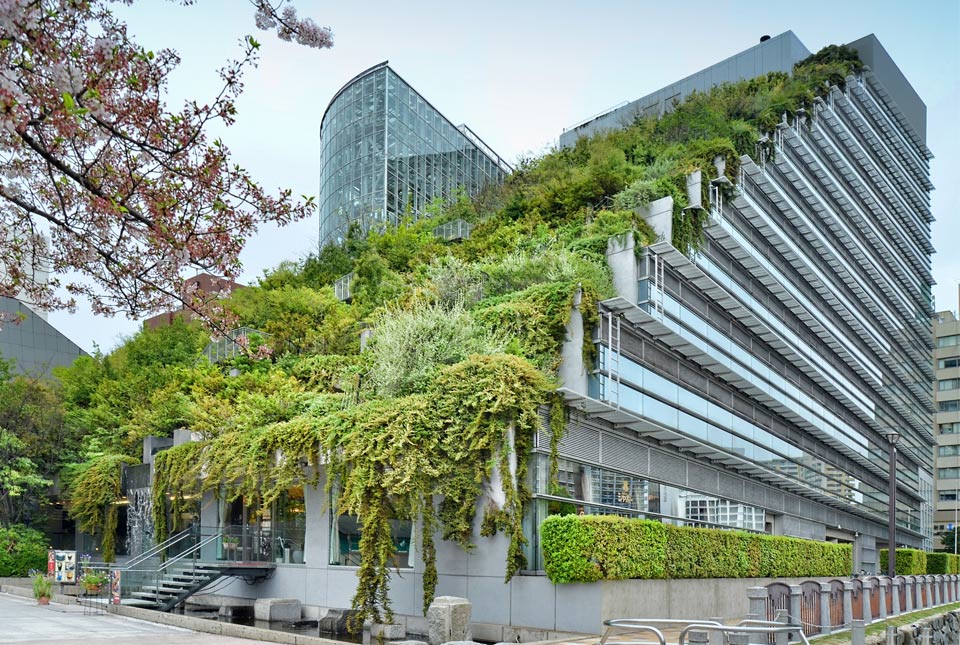
More than 230 local authorities in the UK have declared a climate emergency and, with it, the implementation of climate action strategies to help mitigate and adapt to climate change. However, the city of today isn’t necessarily a useful benchmark to respond to climate pressures: if we are to deliver on our climate and sustainable development goals, a radical rethink of the public realm is needed.
We talk a lot about the ‘future cities’ in the context of electric vehicles and renewable energy, but I’d like to promote discussion about the use of space beneath our cities to support climate resilience — the so-called final urban frontier.
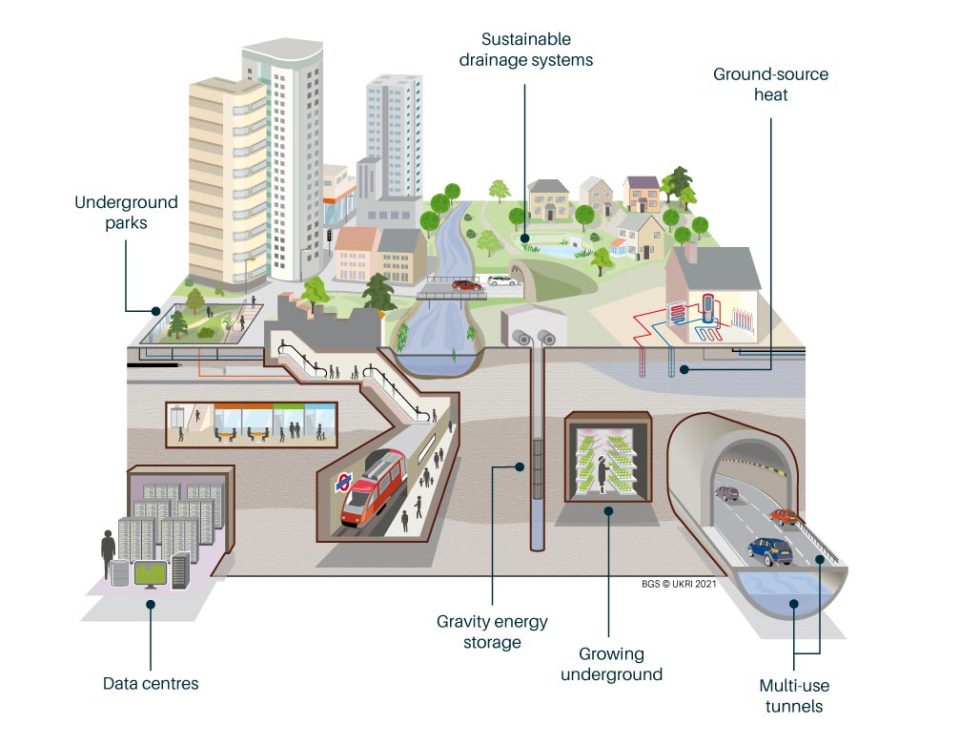
How the net zero cities of tomorrow might utilise subsurface space more sustainably. BGS © UKRI.
At first glance, the use of underground space (the subsurface) to support climate action might seem quite an abstract concept, but in reality there are already several inspiring examples where the application of science, innovation and technology are delivering novel subsurface land uses in support of climate resilience. This includes Growing Underground in London, turning a former Second World War bunker into an energy-smart ‘urban farm’ for microgreens, and the storm-water management and road tunnel (SMART) in Kuala Lumpur, which doubles up to provide storage for storm water during extreme rainfall.
In the future, will we also see the first underground park (the Lowline in New York) in aid of urban greening and cool spaces? Or the repurposing of old shafts for gravity energy storage? Or perhaps the movement of goods underground as per the Swiss cargo sous terrain? And of course, there are more established technologies that are already being applied across cities in the UK such as sustainable drainage systems (SuDS) to help manage flood risk and ground source heat pumps, which provide a low carbon energy source to heat and cool down buildings — two active research areas for scientists at the BGS.
There is much to be optimistic about, but we must be cautious. The geology (the subsurface ground conditions) of UK urban centres is highly variable and has a significant bearing on what underground technologies and innovations can be successfully implemented.
Ground conditions will affect the design of underground schemes, have an impact on the cost of construction below ground and will influence the financial viability of the development. For example, infiltration SuDS can only be installed where the ground is permeable enough to receive the surface water and where there is no risk of mobilising contaminants in the ground or exacerbating existing ground risks. Open-loop ground source heat pumps can only be installed where there is a source of groundwater to circulate through the system, where the thermal properties of the ground are suitable and if the system won’t negatively impact the environment or surrounding land uses.
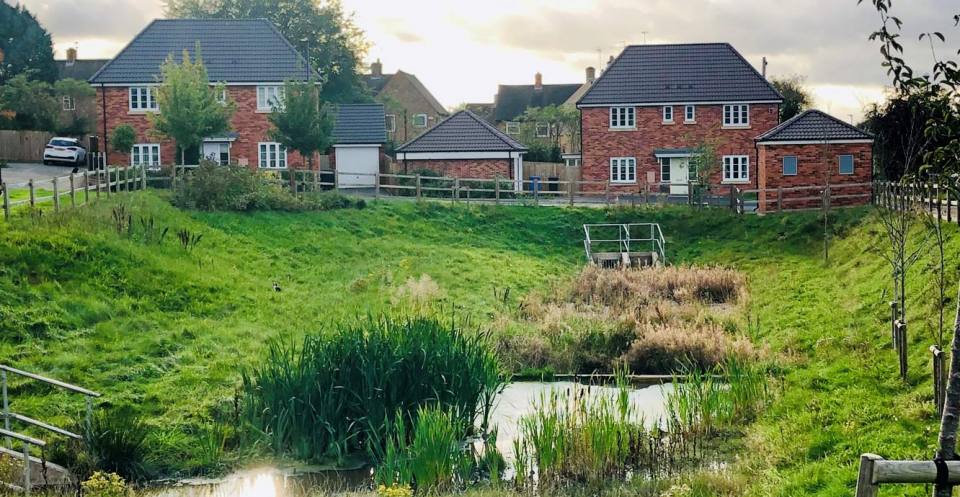
An example of a sustainable drainage system (SuDS) in Derby. BGS © UKRI.
BGS has been conducting research over a number of years to characterise urban subsurface environments to support land-use planning and help identify where these new climate measures and technologies can be implemented.
Our 3D and 4D models provide an enhanced understanding of the geological structures and sediments and the physical properties of the ground in urban areas. These geological models are being used to support the use of geothermal energy sources in Glasgow and Cardiff, the construction of new tunnels in London and subsurface planning in Singapore.
We have urban observatories that monitor changes in the environment associated with the implementation of climate measures and new technology, for example monitoring changes in temperature or changes in the water system. We have recently published outcomes from our SuDS observatory, which investigated changes in soil moisture and groundwater recharge processes through infiltration SuDS. The research recommends the use of hybrid infiltration and water retention SuDS schemes to effectively manage flood risk.
With a robust ground model for the urban subsurface and a good appreciation of geological properties and processes we can more confidently implement environmentally sensitive design principles and edge closer towards the climate resilient city.

Stephanie Bricker
BGS Urban Geoscience team leader
Relative topics
Related news
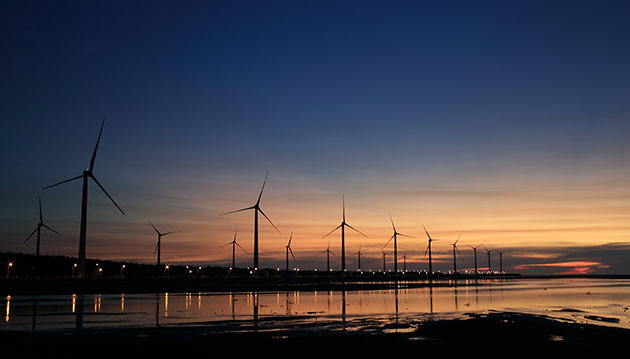
Goldilocks zones: ‘geological super regions’ set to drive annual £40 billion investment in jobs and economic growth
10/06/2025
Eight UK regions identified as ‘just right’ in terms of geological conditions to drive the country’s net zero energy ambitions.
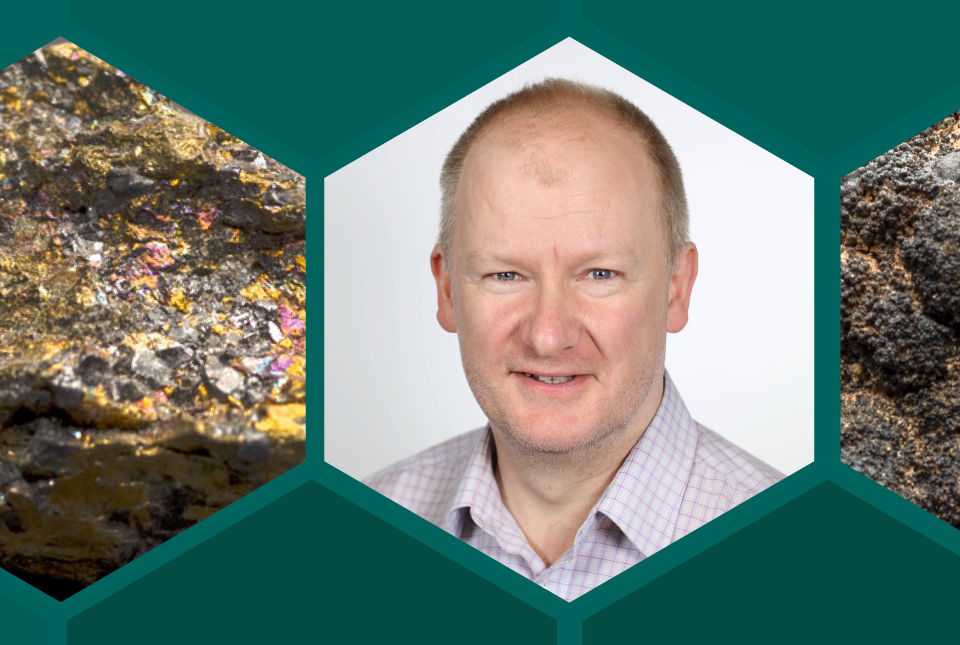
The challenge of assessing the UK economy’s dependence on mineral supply
28/11/2024
Critical, essential, or just plain important? Dr Gavin Mudd, director of the Critical Minerals Intelligence Centre, discusses the findings and new methodology featured in the 2024 UK Criticality Assessment.
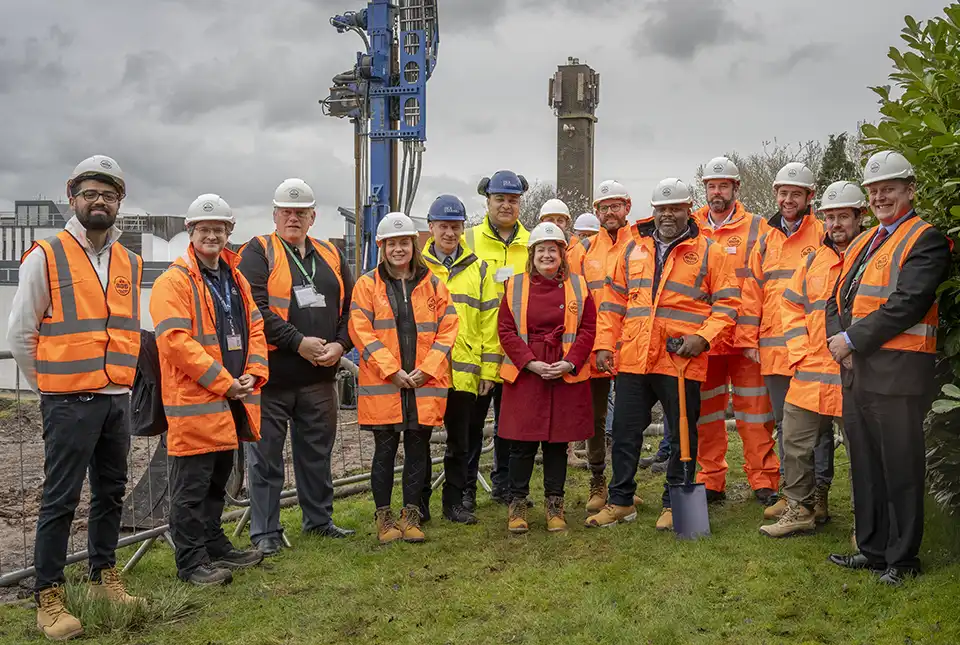
Local MP helps BGS launch a ‘living laboratory’
05/03/2024
BGS is implementing a low-carbon heating system to help meet its net zero targets and provide data to the public.
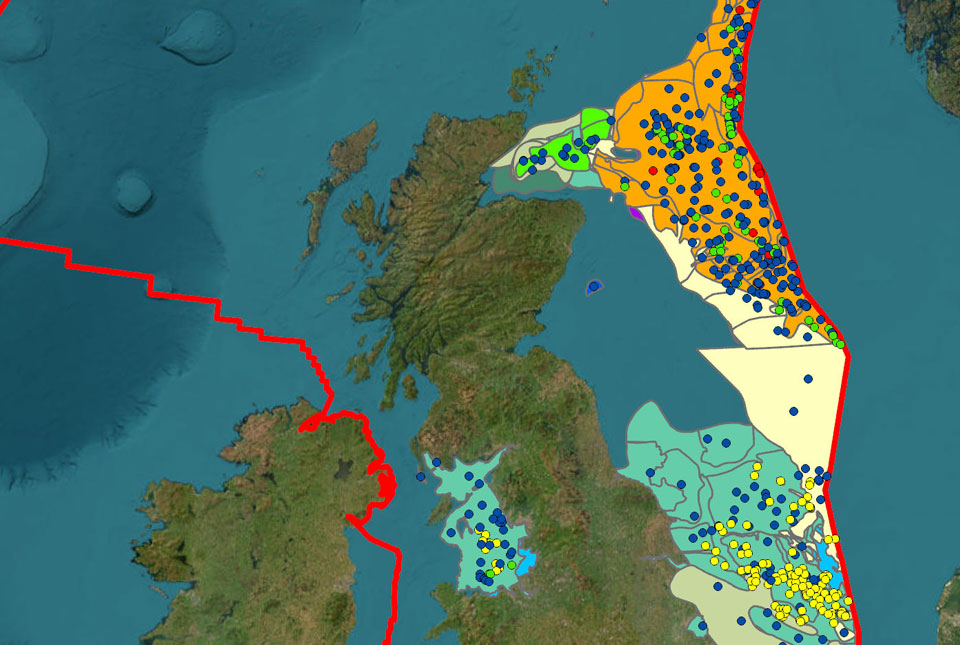
BGS adds more than 60 new carbon dioxide storage units to its national carbon dioxide storage database
30/01/2024
BGS has delivered its first major update of the national carbon dioxide storage database, CO2 Stored.
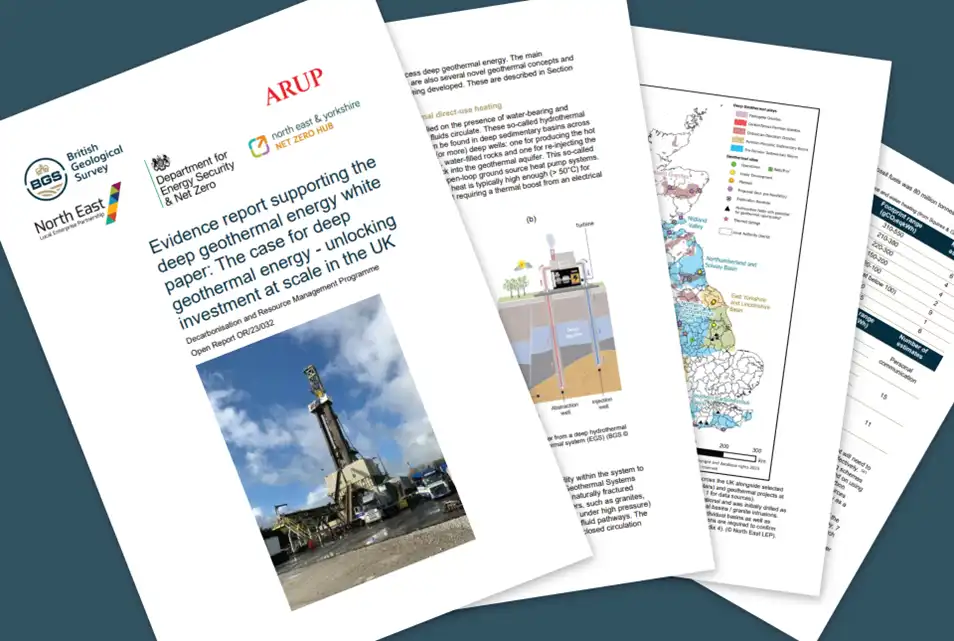
Evidence report on deep geothermal energy opportunities in the UK released
16/11/2023
BGS has published a detailed evidence report that underpins a deep geothermal White Paper.
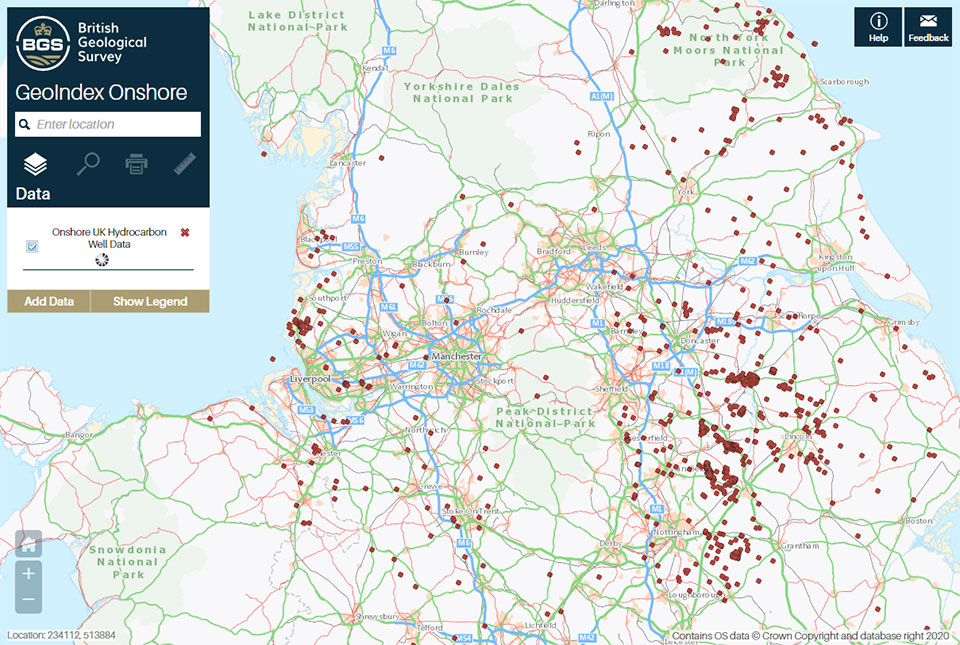
A new open dataset to benefit onshore geoscience research
15/06/2023
Data from deep onshore hydrocarbon wells is being released on an open access basis to help meet the UK’s net zero targets.
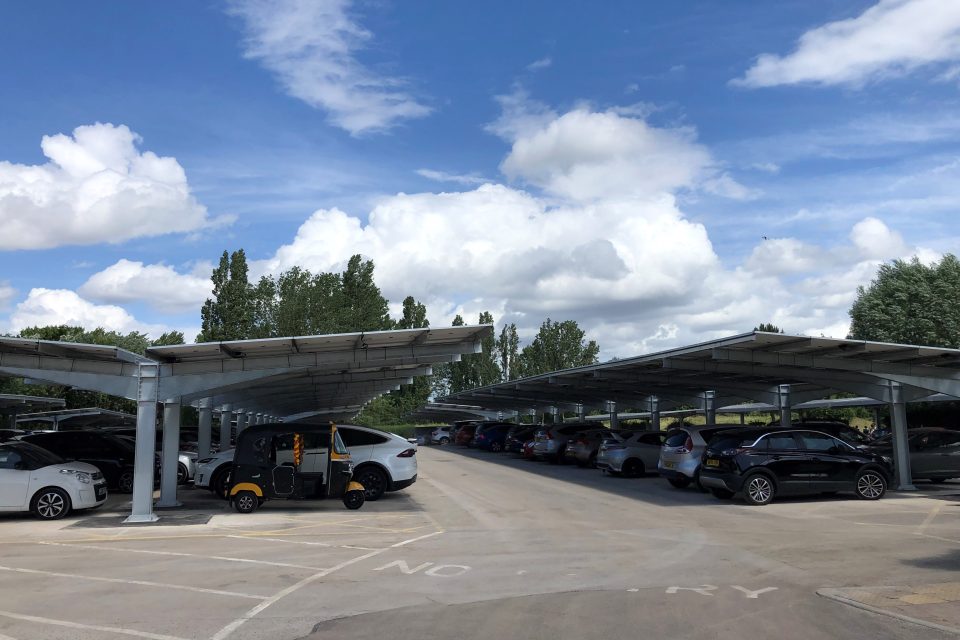
NERC recognised by the Carbon Trust for its step towards net zero
07/06/2023
The Natural Environment Research Council (NERC) has achieved the ‘taking action’ tier of the Carbon Trust’s Route to Net Zero Standard.
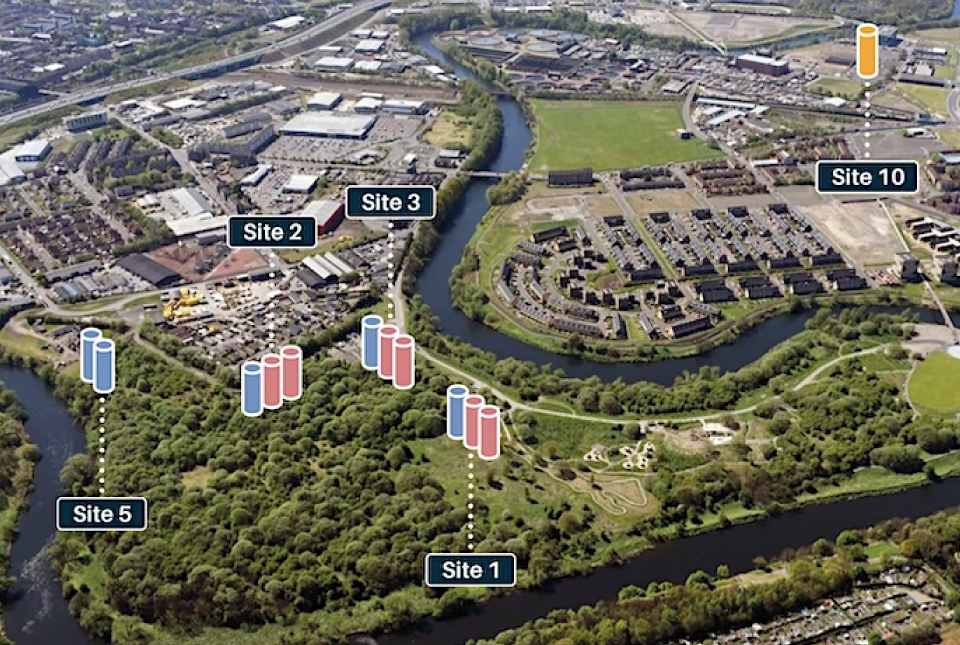
UK Geoenergy Observatories — open events in Glasgow
Event from 26/04/2023 to 27/04/2023
You are invited to visit the UK Geoenergy Observatory in Glasgow, to find out more about what the facility can offer you as a potential user.
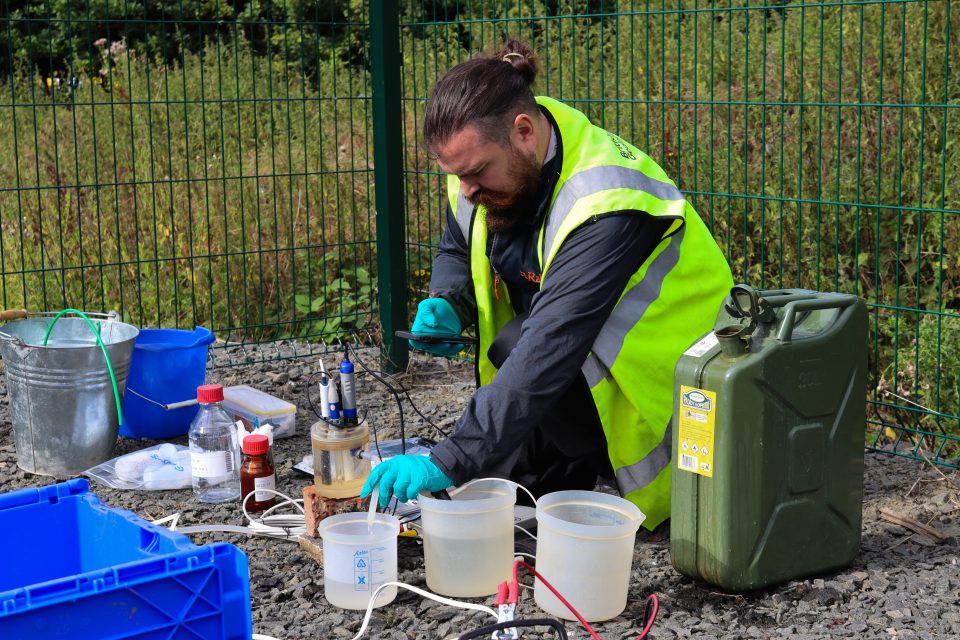
UK Geoenergy Observatories: time zero for net zero
01/12/2022
The BGS-led UK Geoenergy Observatories project is shining a light on the subsurface’s potential to provide geothermal energy.
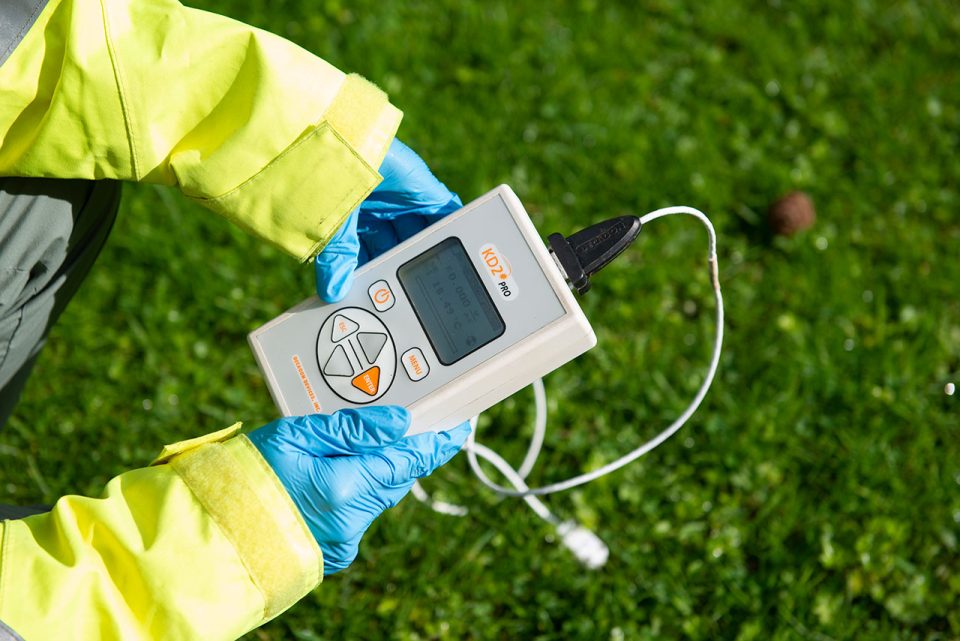
BGS joins European Geothermal Congress to highlight UK’s geothermal potential
21/10/2022
The European Geothermal Congress will discuss how the geothermal sector can help with the energy crisis.
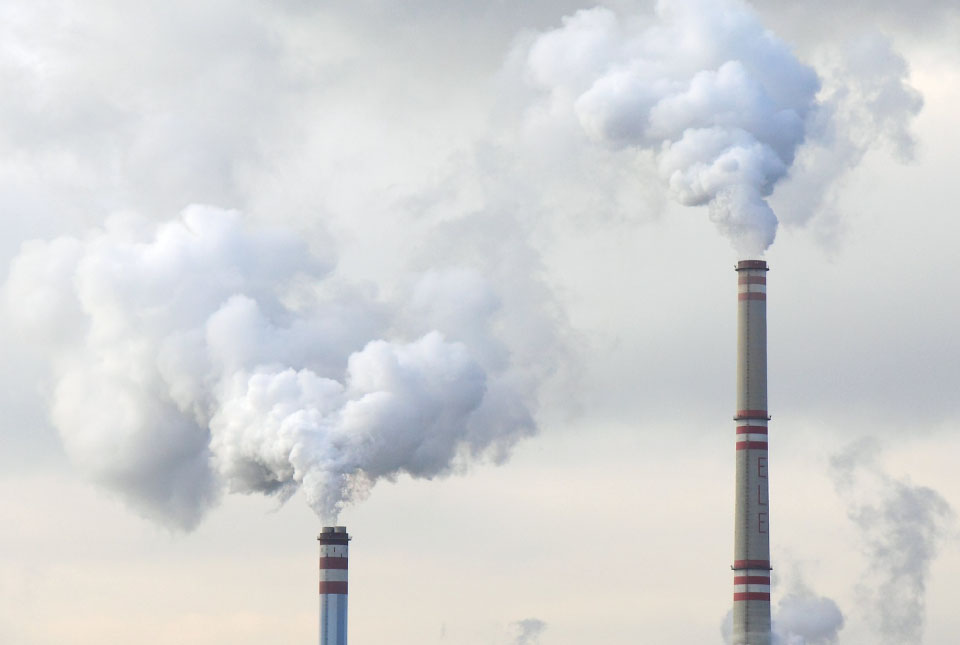
Identifying the science challenges for UK carbon storage
07/07/2022
A new report underlines importance of community engagement in achieving the UK national climate change targets.
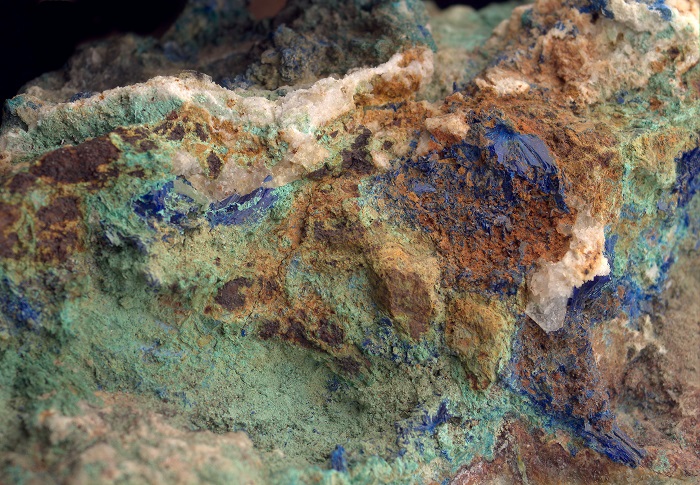
UK’s Critical Minerals Intelligence Centre to help build a more resilient economy
04/07/2022
The UK’s new centre to collect and analyse information on the supply of critical minerals, which are vital to the UK’s economic success and national security, has officially launched.



